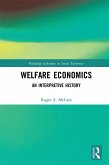
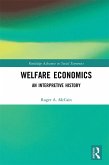
Broschiertes Buch
Softcover reprint of the original 1st ed. 2000
4. Oktober 2012
Springer / Springer US / Springer, Berlin
978-1-4613-7085-7
| Gebundenes Buch | 125,99 € | |
| eBook, PDF | 113,95 € |
Gebundenes Buch
Repr. d. Ausg. v. 1999
30. November 1999
Springer / Springer US / Springer, Berlin
978-0-7923-8688-9
eBook, PDF
6. Dezember 2012
Springer New York
Ähnliche Artikel

eBook, PDF
12. Mai 2023
Taylor & Francis eBooks

eBook, PDF
2. März 2022
Taylor & Francis eBooks
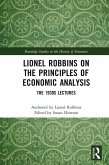
eBook, PDF
31. Januar 2018
Taylor & Francis eBooks

eBook, PDF
2. August 2024
Taylor & Francis eBooks

eBook, PDF
1. Juni 2022
Taylor & Francis eBooks
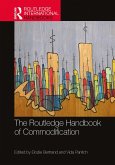
eBook, PDF
4. Dezember 2023
Taylor & Francis eBooks

eBook, PDF
23. Dezember 2024
Taylor & Francis eBooks
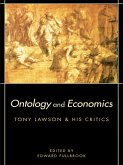
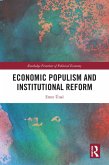
eBook, PDF
31. Dezember 2024
Taylor & Francis eBooks
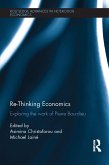
Ähnlichkeitssuche: Fact®Finder von OMIKRON
